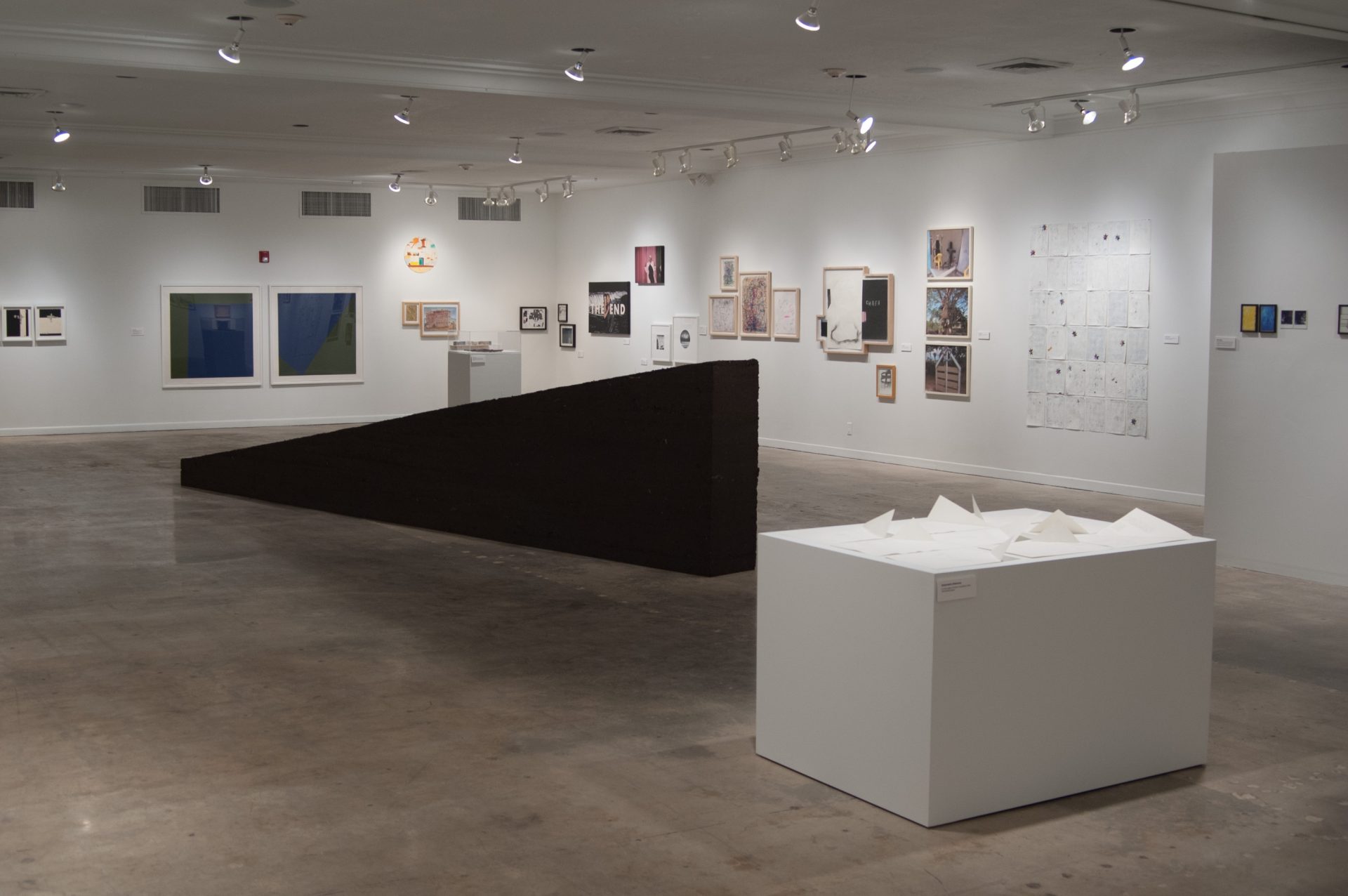Video Dematerializes the Art Object at Miami Art Basel:

Outdoors at Art Basel, a themed selection of artists’ films and videos were projected onto the Frank Gehry-designed New World Center. Image courtesy MCH Swiss Exhibition (Basel) Ltd.
“Among the endless rows of gallery cubicles that constitute Art Basel in the Miami Beach Convention Center were a few moments of reprieve. In the area titled Art Positions an undulating patch of artificial grass and palm trees provided a place to rest, while several bars and a full-fledged restaurant kept people in high spirits. One of Art Basel’s newest additions, Art Video, offered an alternative to the kind of work traditionally on view at the art fair, prompting new experiences inside and outside the convention center.
Inside, five viewing pods offered visitors 22 videos from artists represented by galleries at the fair. Outside the neighboring New World Center, selections of videos and films were screened on a 7,000-square-foot projection wall during the evenings.
David Gryn, the director of London’s Artprojx, helped develop the Art Video programming in order to effectively exhibit artists’ videos and films during the fair. Asked if video challenges the traditional mediums that fuel market-driven fairs such as Art Basel, Gryn answered that Art Video ultimately addressed the growing number of videos that galleries submitted for exhibition. Although the medium has long been an outlet for artistic experimentation, it has yet to hit commercial high-notes in the art market. ‘However,’ Gryn said, ‘many leading collectors are buying video at a perceived low price right now—with an experienced logic suggesting that the artist video market is soon to be very buoyant and fruitful.’

At the Rubell Family Collection, Ryan Trecartin’s video series Trill-ogy Comp (2009) was integrated into an installation, General Park (2010), which included run-of-the-mill patio furniture. Image courtesy the Rubell Family Collection.
The exhibitions at the family collections in Miami echoed this sentiment. At the Rubell Family Collection, Ryan Trecartin’s hyper-disjointed, pop-cultured video work Trill-ogy Comp (2009) screened inside an installation of benches amid thick (and anchoring) chains, heating lamps, and sand. In an interview with Paper magazine, David Jacob Kramer described Trecartin’s work as a display of ‘lucid chaos and heightened hysterical atmosphere.’ The gallery’s dim lighting exaggerated the installation’s surreal but not totally unfamiliar environment, grounding viewers in a liminal space that amplified the way both space and images are constructed for consumption. At the Margulies Collection, Hiraki Sawa’s O explored the cyclical aspect of space and time. Sawa’s installation includes images and sounds of dramatic Australian desert landscapes, domestic interiors, and spinning household objects, all of which meld into one another with poetic synchronicity. By manipulating the pace of the various moving images on multiple screens, Sawa created a calming, dreamlike environment. Here, the enormous screens are a critical component of the installation, making the display an integral part of the work.
At the de la Cruz Collection, two videos by Ana Mendieta were displayed among her photographs and sculpture. The works illustrated various ways that the artist documented her body and its trace within a range of landscapes. In the works Untitled (Creek #2), San Felipe, Mexico (1974), and Untitled (Ochun) (1981) Mendieta captures the movement of water around her body and around an earthwork. Created on the already-outmoded platforms of three-quarter-inch Beta videotape and 8mm film, the content of each video has been transferred to DVDs for exhibition. Because formats will continue to change to meet technological advances, the importance of video’s materiality is diminished in favor of preserving the moving image.

Hiraki Sawa’s dream-like video installation, O, at the Collection Martin Z. Margulies. Image courtesy the Collection Martin Z. Margulies.
As Gryn noted, video has always been a medium driven by artists. Electronic Arts Intermix has been supporting video art for the past 40 years, whereas Ubuweb makes its growing archive of video accessible on the Internet. Because both the format and display of video can have varying amounts of concreteness, the question arises of what exactly is being collected. The medium’s diverse components challenge a singular attribution of monetary value. As a digital medium, it can be rented and shared, as its mobility is not defined by the physical limits of object-hood. In contrast both Trecartin’s and Sawa’s videos are part of installations and require significant space for exhibition. That said, only in Sawa’s O does the screen itself seem to be an integral part of what is being collected. Another aspect of the medium is evidenced in Mendieta’s videos, which are about the image itself and capturing an ephemeral moment. At Art Basel, videos and films were screened in personal pods and also publicly, as if at a drive-in cinema, underscoring different modes of viewing as well as the objectless, mobile form of video.
Despite the diverse forms of display, collecting video suggests the desire to obtain the viewing experience, emphasizing the image as it unfolds in time, not in space. Its appearance at Art Basel indicates that although the commodity is often immaterial, the monetary value attributed to the medium is on the rise.”
Kristin Juarez’s column, The Fringe, traces cultural production that broadens the general definition of art in the public sphere.
Kristin Juarez is a native of Los Angeles. Her writing stems from her background in public art and art history, and often considers how factors such as place, identity, and various –isms inform definitions of art and public.
(Via BURNAWAY.ORG.)
